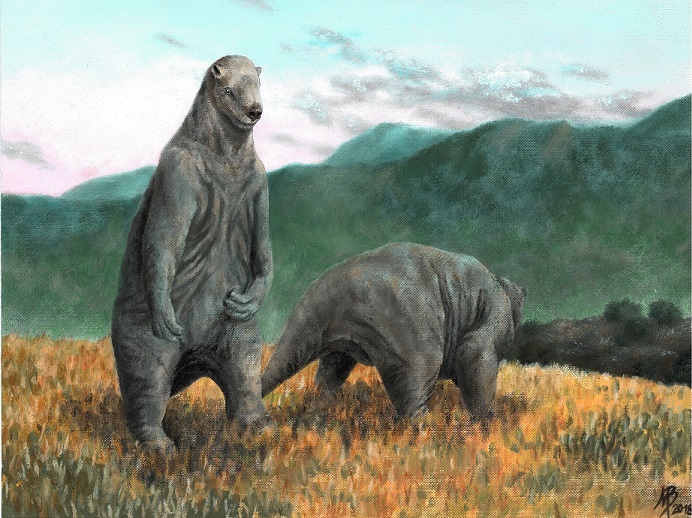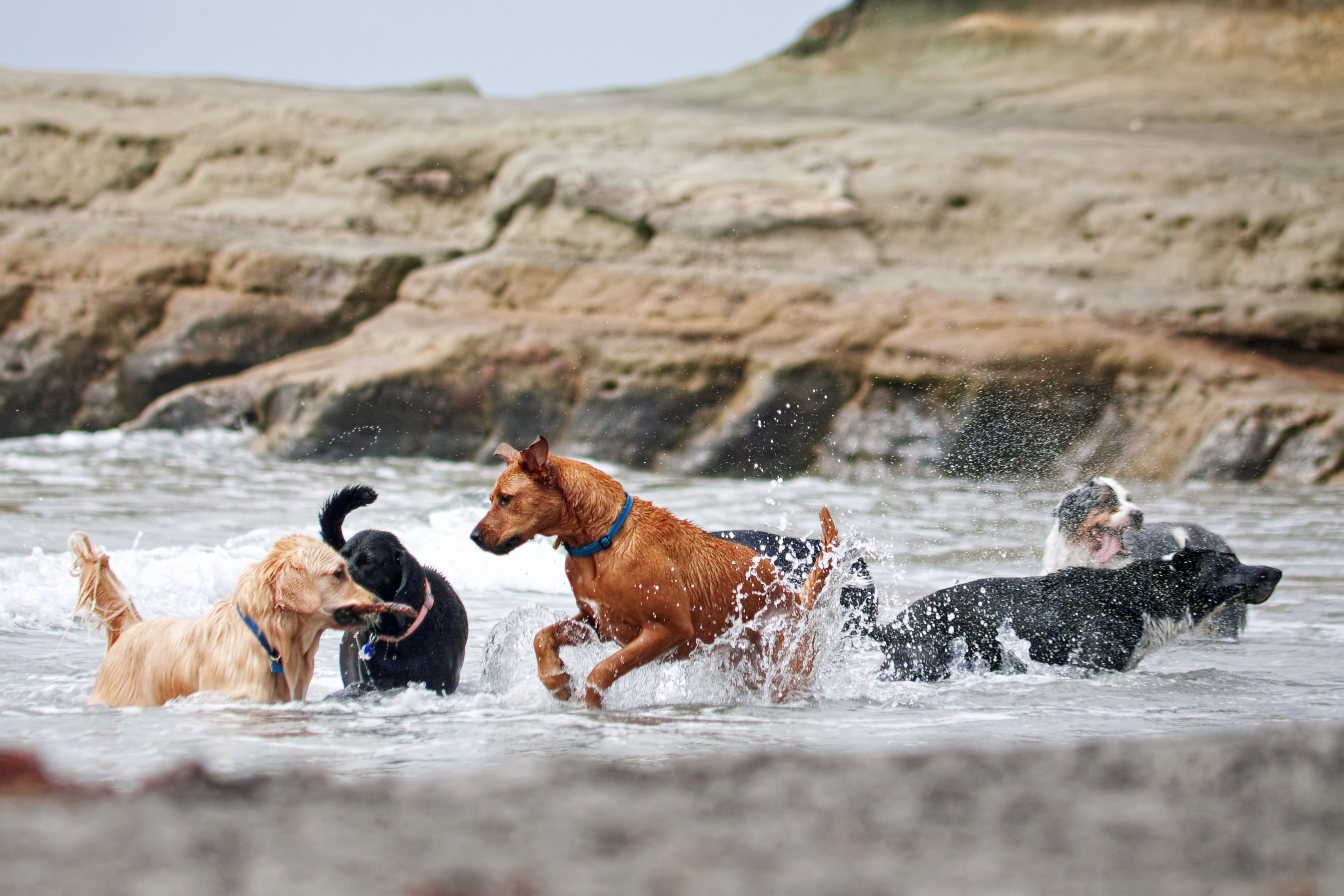Roaming With Prehistoric Pals: 18 Exquisite Gasps into the Ancient Animal Companions of Yesteryears
The ancient world was a place of wonder and mystery, where animals roamed the earth in forms that are almost unimaginable today. These creatures, our prehistoric pals, were the companions of our ancestors, sharing the planet and shaping the course of evolution. This slideshow will take you on a journey back in time, offering 18 exquisite gasps into the ancient animal companions of yesteryears. Each section will introduce a unique creature, exploring its lifestyle, interactions with humans, and its influence on our world today.
The Mighty Mammoth

The mammoth, a giant, woolly beast, was one of the most iconic creatures of the Ice Age. These magnificent animals were not only a source of food for our ancestors but also provided materials like bones and tusks for tools and art. The extinction of these creatures marked a significant shift in human history, signaling the end of the Pleistocene era and the beginning of our current Holocene epoch.
The Saber-Toothed Tiger

The Saber-Toothed Tiger, with its iconic elongated canines, was one of the most fearsome predators of the prehistoric era. Although they were not direct companions to humans, their existence influenced the behavior and survival strategies of our ancestors, shaping human evolution in significant ways.
The Dire Wolf

The Dire Wolf, a larger and more robust cousin of the modern gray wolf, roamed North America over 10,000 years ago. These wolves were likely competitors with early humans for food resources, and their presence in the ecosystem played a crucial role in shaping the habitats and wildlife populations of the era.
The Moa

The Moa, a giant flightless bird from New Zealand, was one of the largest birds ever to exist. The hunting and eventual extinction of these birds by the Maori people is a poignant example of the impact humans can have on biodiversity.
The Giant Ground Sloth

The Giant Ground Sloth, a massive herbivore that roamed South America, was a fascinating creature that lived in harmony with its environment. Its extinction, likely due to human hunting, marked a significant loss in the biodiversity of the continent.
The Dodo

The Dodo, a flightless bird from Mauritius, is perhaps the most famous example of a species driven to extinction by human activity. Its story serves as a stark reminder of the devastating impact we can have on the world's wildlife.
The Quagga

The Quagga, a subspecies of plains zebra, was hunted to extinction in the 19th century. Its loss is a reminder of the fragility of wildlife populations and the importance of conservation efforts.
The Thylacine

The Thylacine, or Tasmanian Tiger, was the largest known carnivorous marsupial of modern times. Its extinction in the 20th century serves as a warning of the dangers of habitat loss and hunting pressures.







